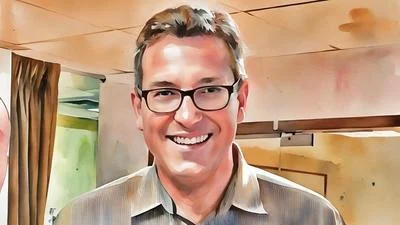When fire and flood tear through parks and other public lands, ecosystem restoration specialists are ready to restore landscapes to pre-disaster conditions. Their ability to respond is increasingly affected by a changing climate that makes wildland fire and intense storm flooding more common which, in turn, means restoration specialists need more native plants and seed to repair the damage. Disasters such as these also encourage invasive plants, such as cheatgrass and red brome for example, to rapidly gain a foothold in national parks.
With funds from the Bipartisan Infrastructure Law, National Park Service staff in the western United States are at work with partners to grow, collect, store, and distribute seed needed for current and future restoration projects. A lot of seed.
In Bend, Oregon, near John Day Fossil Beds National Monument, the newly established East Cascades Native Plant Facility has become a hub for seed collection and plant propagation for sagebrush and other native plants. Seed and plants will be used for restoration projects in parks across Northern California, Idaho, Oregon, and Washington where sagebrush is an at-risk ecosystem type.
NPS project leads have established this native seed collection and plant propagation facility and information clearinghouse on the Oregon State University (OSU)-Cascades Campus and in partnership with the Bureau of Land Management, U.S. Forest Service, Confederated Tribes of Warm Springs, and private industry. OSU-Cascades will expand into a state-of-the-art native plant materials center that provides seed collection, plant propagation and on the ground restoration. It will also be an information clearinghouse and staff will provide support for vegetation protection, restoration, and translocation, as well as early-career, restoration practitioner workforce development and jobs to university students and Tribal youth.
Source: U.S. Department of the Interior, National Park Service






